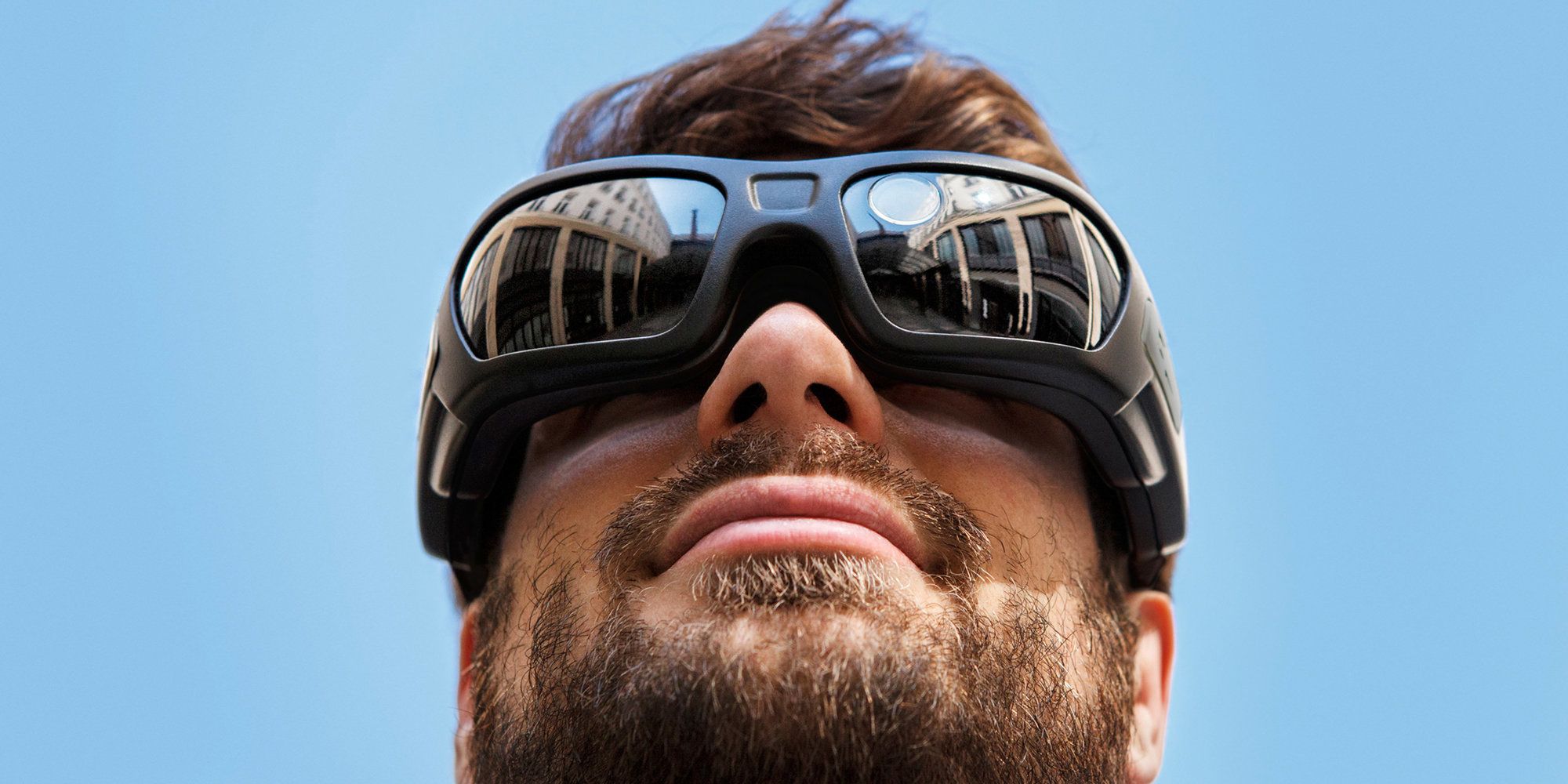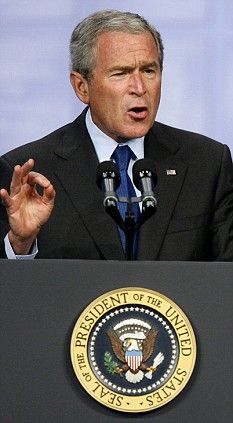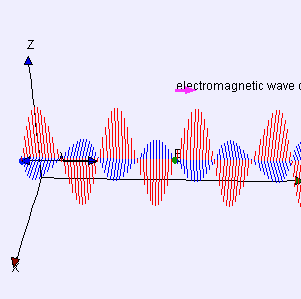This is the tech behind Snapchat’s secret acquisition http://tcrn.ch/2891kDQ
Category: futurism – Page 1,305

Gravitational diode could lead to futuristic Star Trek technologies — From teleportation to highly efficient energy generation
A very interesting press release appeared yesterday morning that was brought to our attention. A startup company, Gravitomagnetism, LLC, was granted a patent that enables it a multitude of applications ranging from energy generation to teleportation.



Why people who believe in God ‘are more likely to have a lower IQ’
Stupid people are more likely than eggheads to believe in God, a controversial new study claims.
In a move that is bound to offend millions of churchgoers, a British psychologist says he has found a link between having a high IQ and being an atheist.
The discovery helps explain why university academics are less likely to be religious than almost anyone else, he says.
No more fighting over shotgun
Tag a friend who would like this.


Watch a chick develop and hatch outside of the egg
Cracking an egg into a glass bowl and then watching the chick develop, grow, and hatch sounds like the most terrible idea ever. But this adorable and super-enthusiastic video from Japan shows that it can be done — and lets us watch the entire fascinating process first-hand.
If you’re anything like us, your first reaction to this is probably “What the eff is going on here?” and your second is, “Why the hell would anyone do this?”
The video doesn’t come with subtitles, so it unfortunately doesn’t give us many clues. But with the help of Sarah Caroline Bell over at The Huffington Post, we’ve done some digging, and it turns out the experiment is demonstration of technique developed in Japan a few years ago.
Touch Sensitive Clothing
Your clothes and furniture can become interactive surfaces with this latest technology.
New glass walkway in China
New glass walkway in China https://www.facebook.com/thisis/videos/1552846968356029/
This new glass platform in China will terrify anyone afraid of heights.